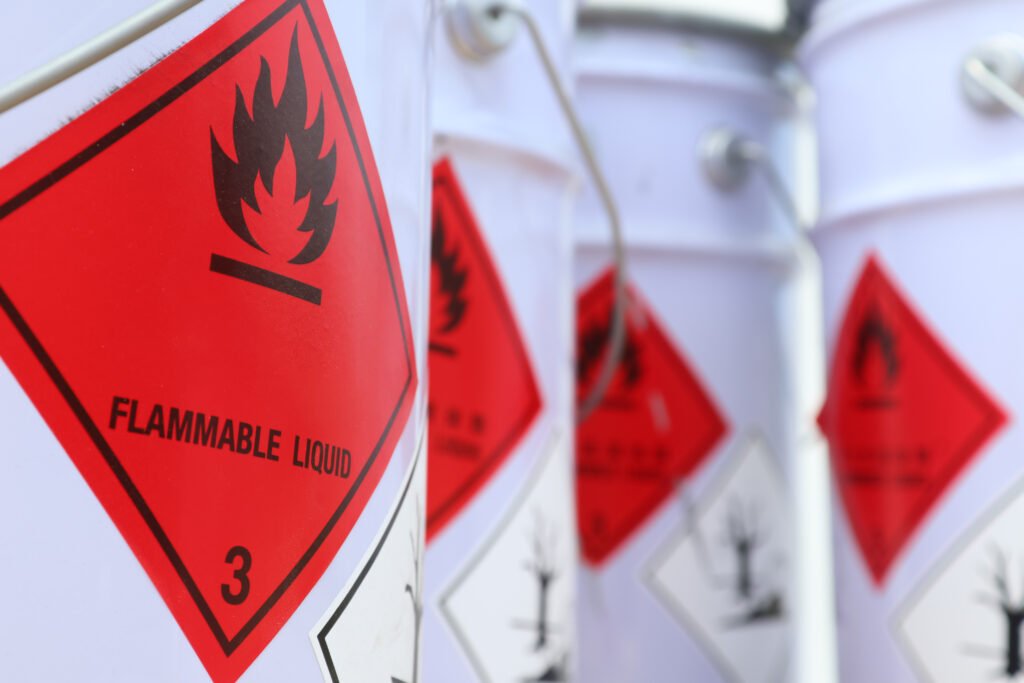On May 19, 2021, the Singapore Standard, Code of Practice for Handling, Storage and Processing of Combustible Dust (SS 667:2020) was published. This standard specifies comprehensive procedures on the handling, storage, and processing of combustible dust in order to prevent and mitigate fires and dust explosions in facilities handling such materials. Specifically, it stipulates the implementation of hazard identification and dust hazard analysis, and various measures to prevent fires and dust explosions based on those results are presented. This standard is applicable to various industries (e.g., food processing, woodworking factories, pharmaceutical, petrochemical, specialty chemicals, additive manufacturing, and logistics), research institutions and institutes of higher learning that manufacture, process, blend, convey, repackage, generate, or handle combustible dusts or combustible particulate solids.
The outline of this standard is as follows.
Contents
-
- Scope
- Normative references
- Terms and definitions
- Hazard identification and dust hazard analysis (DHA)
- Hazard management: Prevention and mitigation
- Process equipment
- Storage requirements
- Facility and system design
- Performance-based design options
- Safety management system (SMS)
Hazard identification and dust hazard analysis (DHA)
- The occupier of a facility that manufacture, process, blend, convey, repackage, generate, or handle dusts or particulate solids shall determine whether the materials are combustible or explosive in accordance with prescribed methods.
- If the materials are determined to be not combustible or explosive, documentation to prove the result shall be maintained.
- If the materials are determined to be combustible or explosive, dust hazard analysis (DHA) shall be performed along with additional testing to determine explosibility properties (as described in Table A.1).
- The DHA is designed to identify the fire, deflagration, and explosion hazards, and evaluate such hazards to recommend control measures to minimize the risk. The DHA shall be based on all necessary data and performed or led by a competent person in accordance with established procedures. The results of the DHA should be documented and maintained.
Hazard management: Prevention and mitigation
- All potential ignition sources shall be identified, and the relevant ignition control measures shall be implemented in accordance with the DHA. (5.1)
- If a dust explosion hazard has been identified by the DHA, measures including oxidant concentration reduction must be taken to protect personnel from an explosion. (5.2)
- If a flash fire hazard has been identified by the DHA, suitable personal protective equipment shall be provided. (5.5)
- Provide fire protection systems including fire detection systems when required by the DHA. (5.6)
Storage requirements
- Each individual fire safety cabinet shall be conspicuously labelled with the warning sign “NO IGNITION SOURCES” and the maximum allowable quantity (MAQ) that can be stored in the cabinet. (7.2.3.2)
- Areas or containers where combustible waste metals are stored shall be labelled or clearly marked with the type of the metal stored, form of the metal, the date of receipt, and reference to the appropriate safety data sheets (SDSs). (7.9.9)
Safety management system (SMS)
- Workplaces with combustible dust hazards shall consider implementing a safety management system (SMS) to better manage and reduce safety risks. (10.1)
This standard is available for a fee and can be purchased from the following URL.
https://www.singaporestandardseshop.sg/Product/SSPdtDetail/73b86311-18fc-4c7b-9b99-a654703131e6
 Singapore releases Code of practice for handling, storage and processing of combustible dust
Singapore releases Code of practice for handling, storage and processing of combustible dust 

























